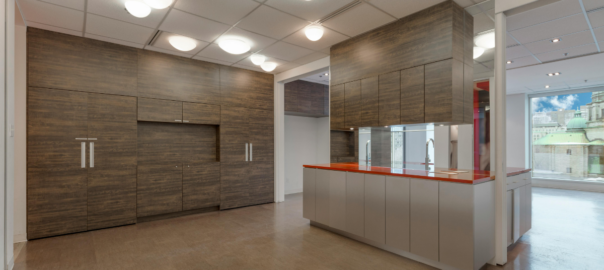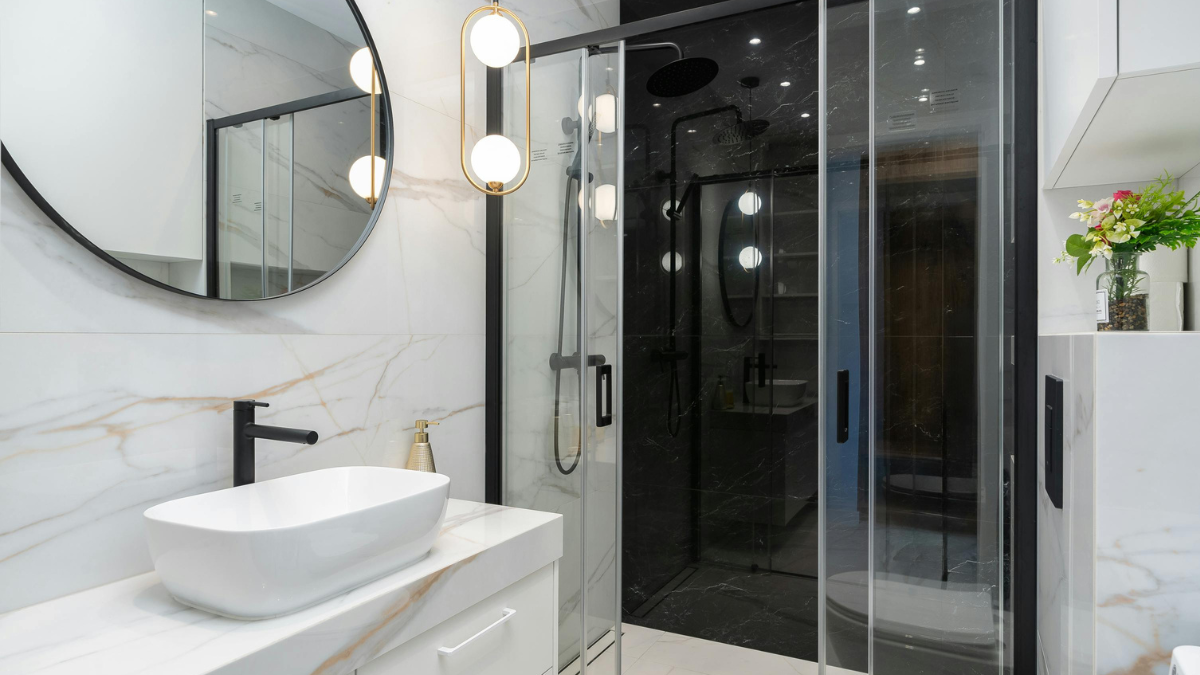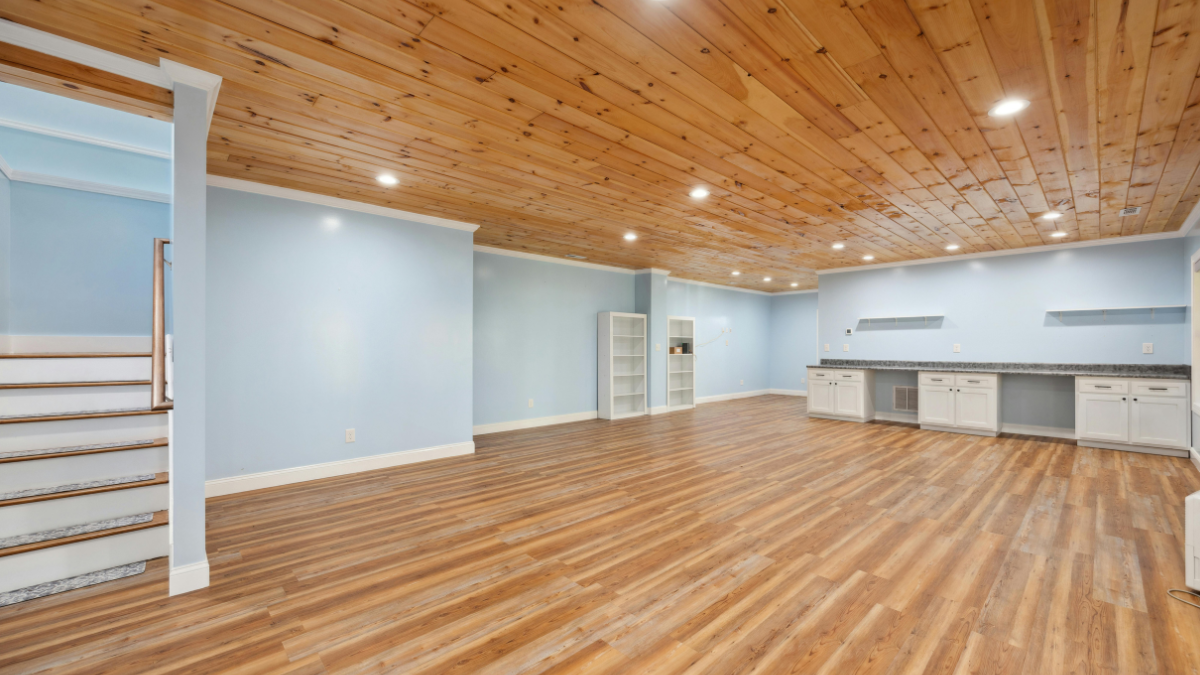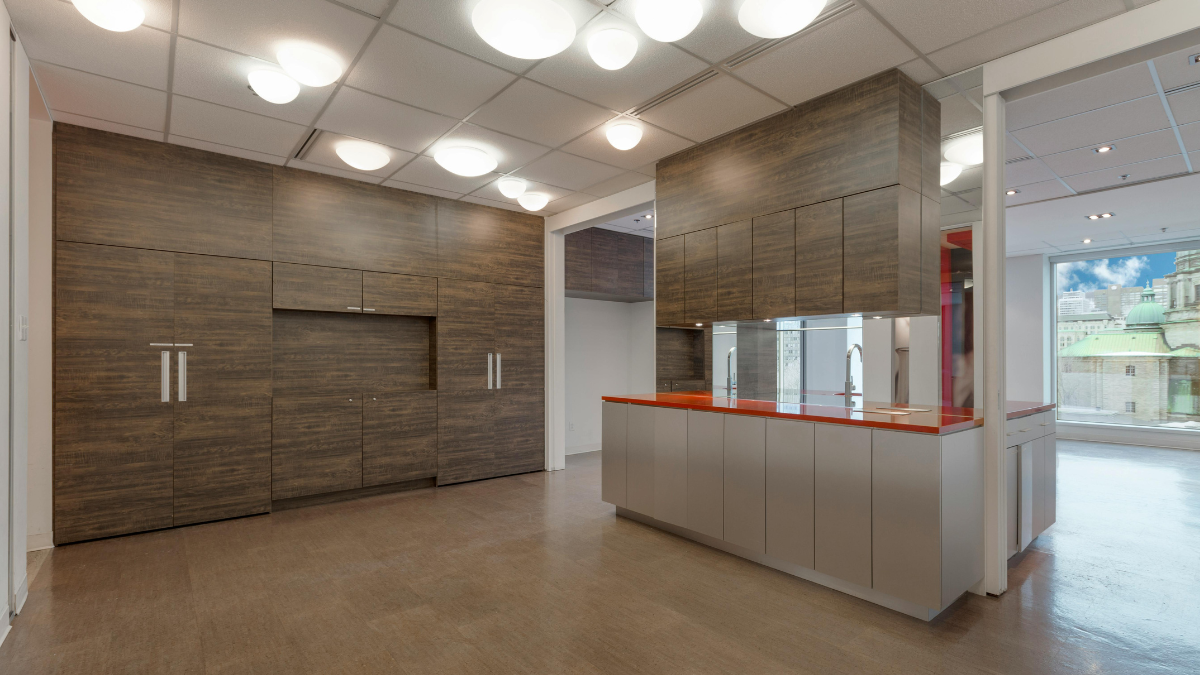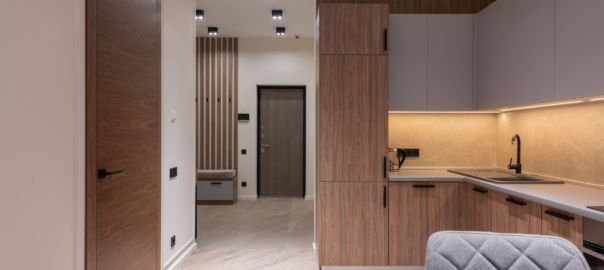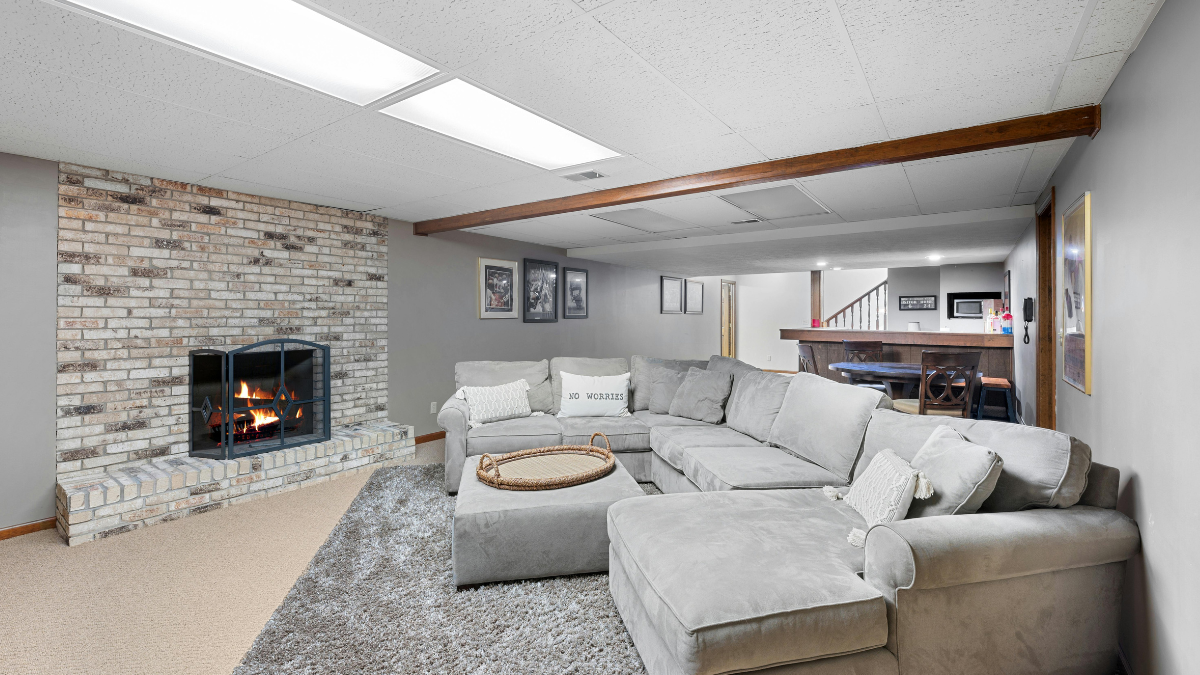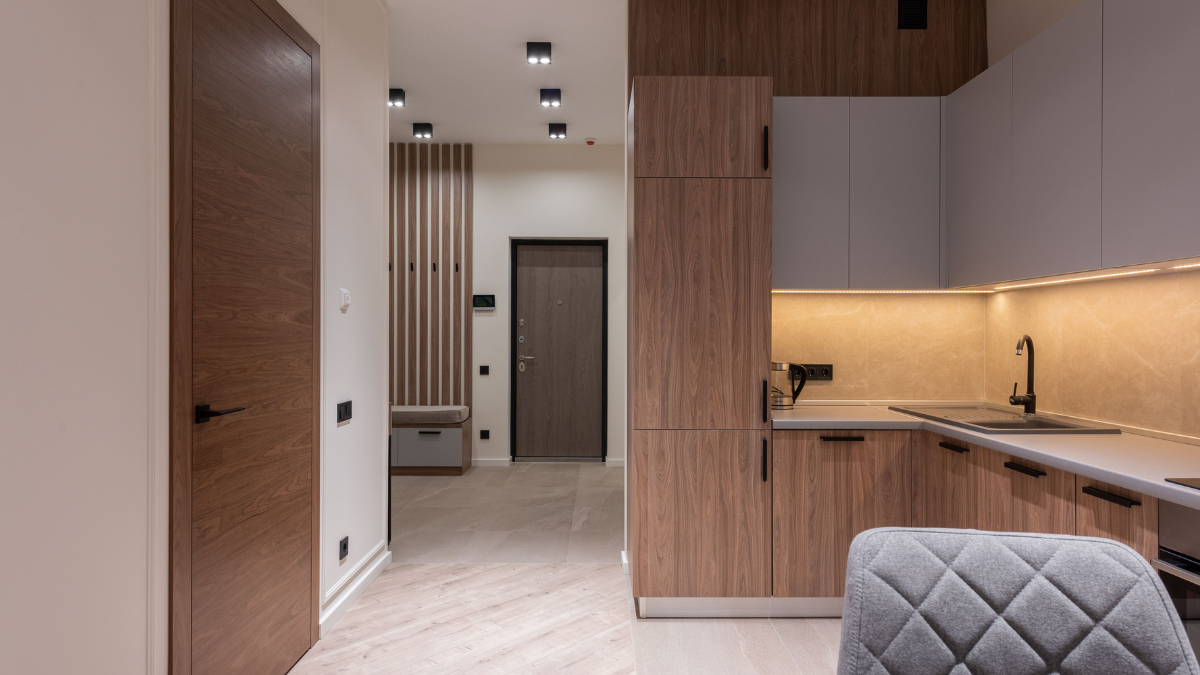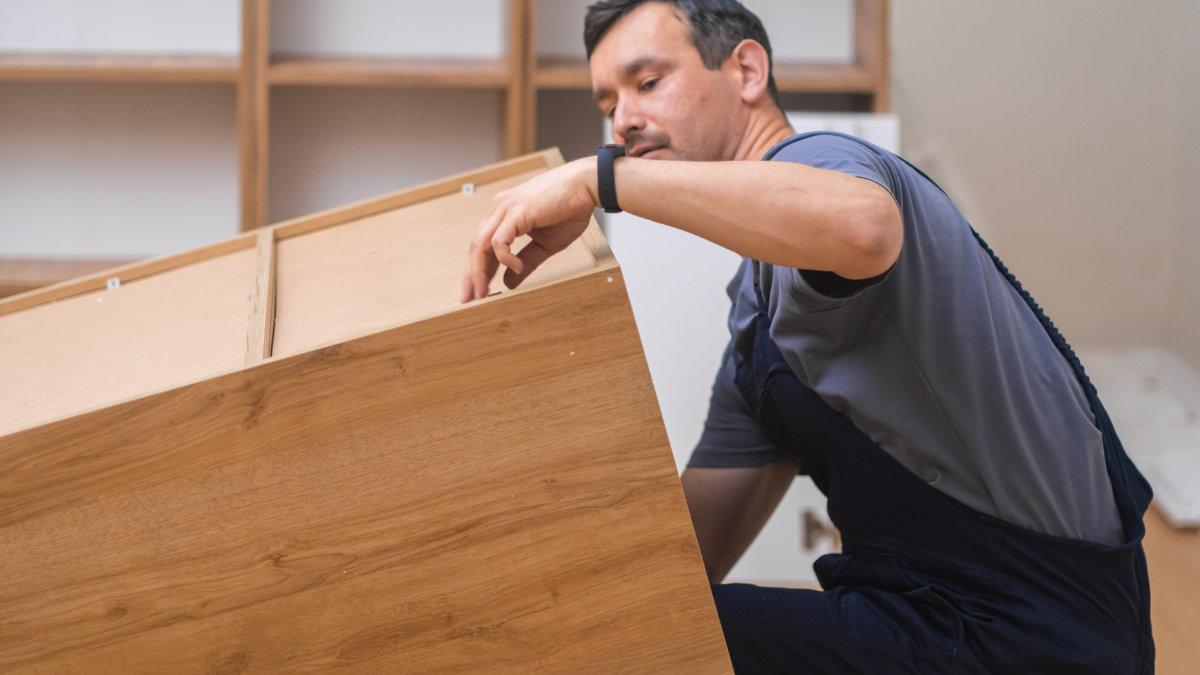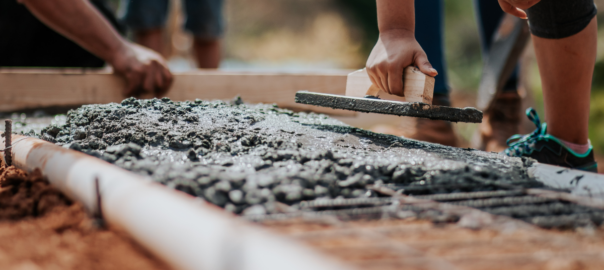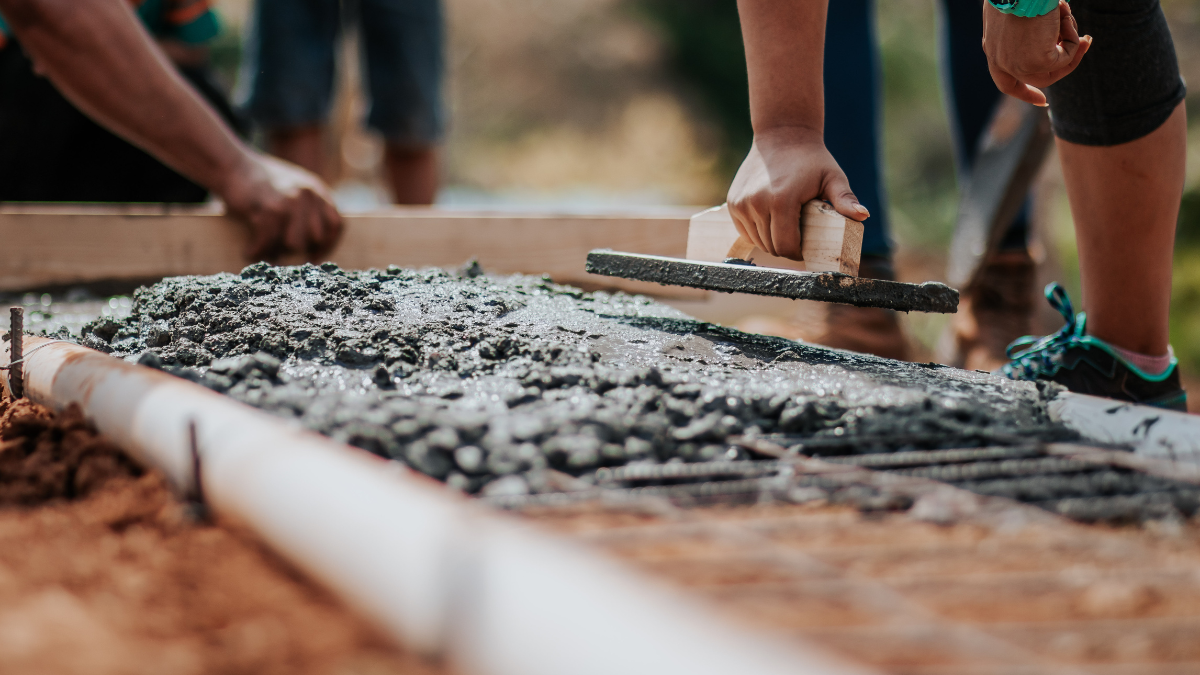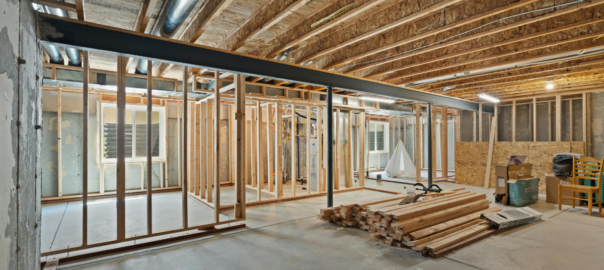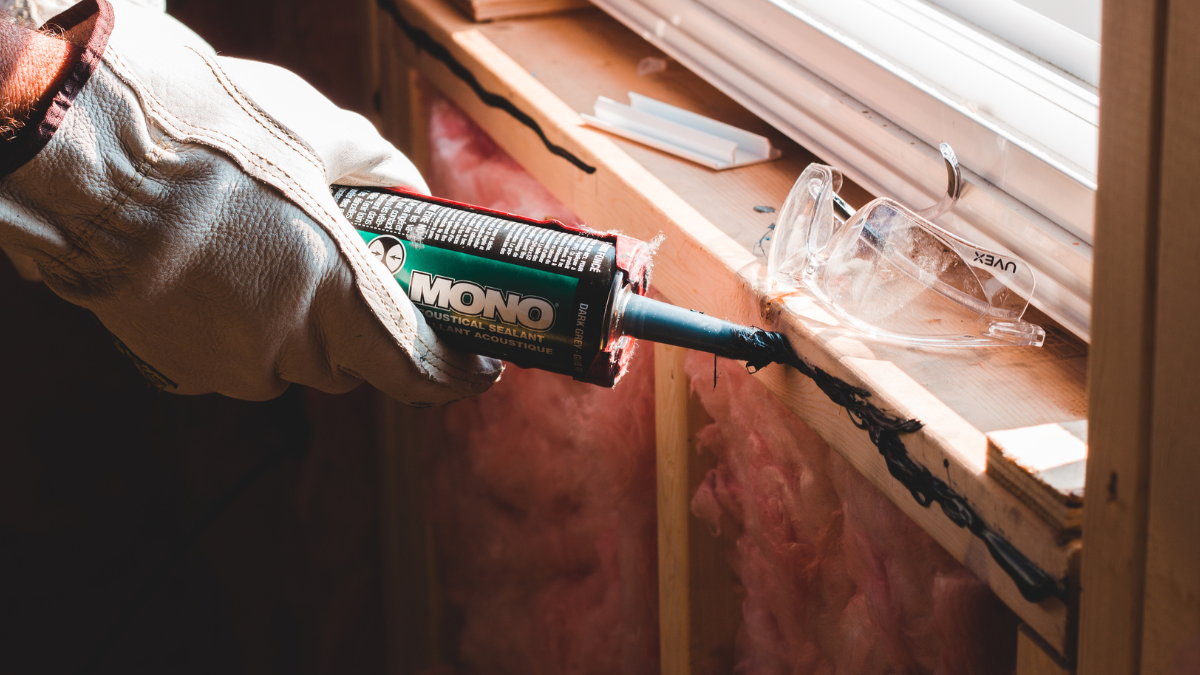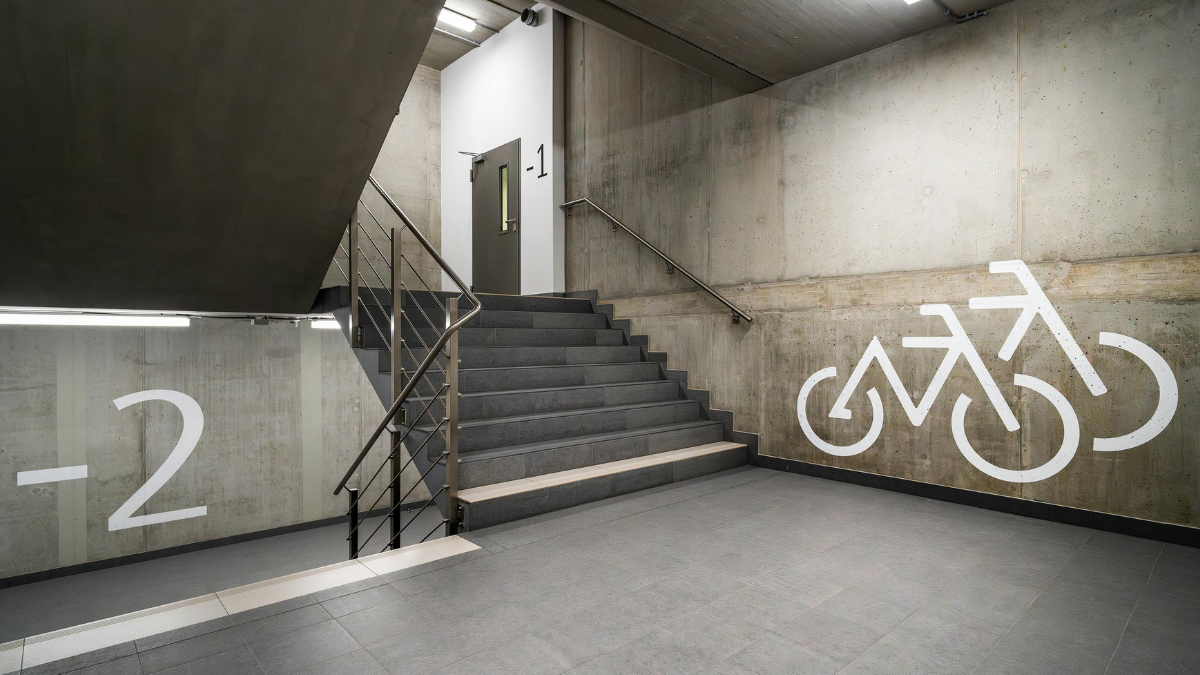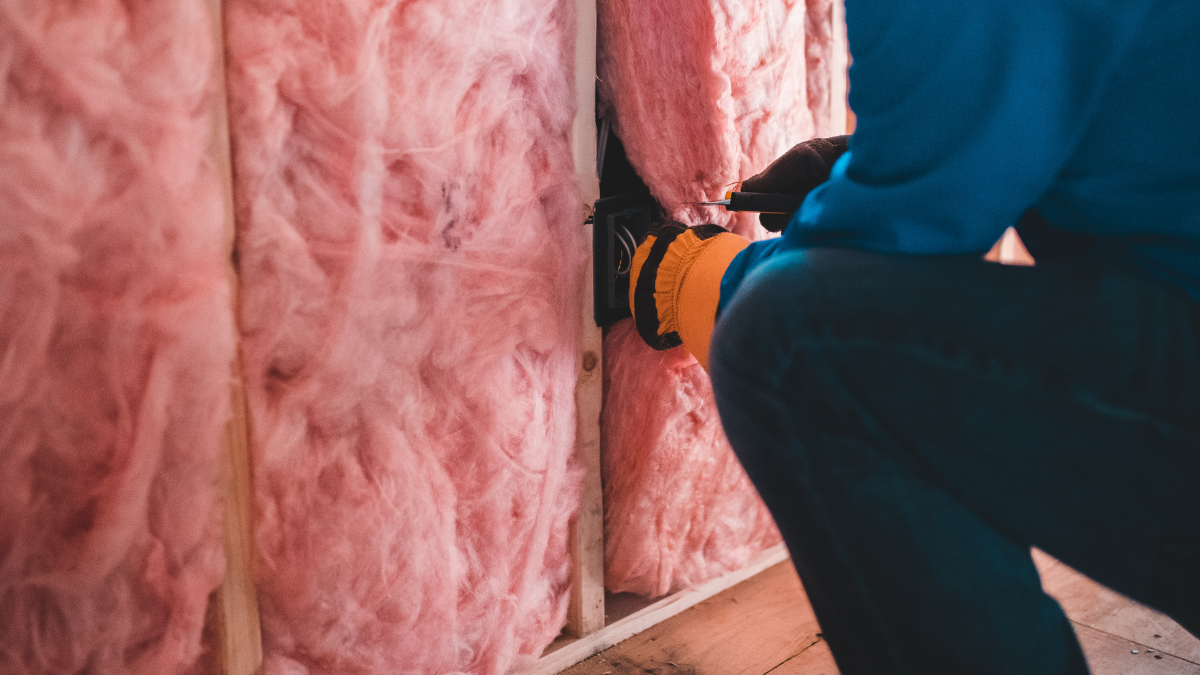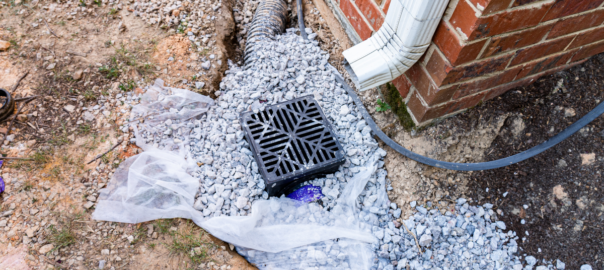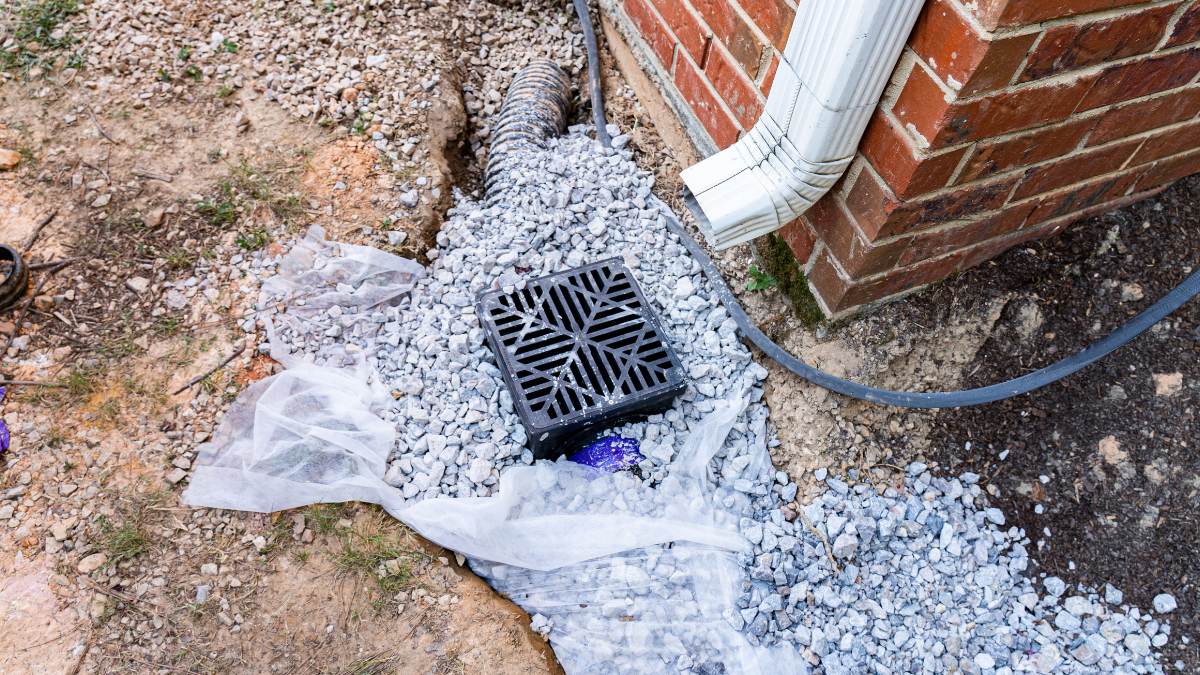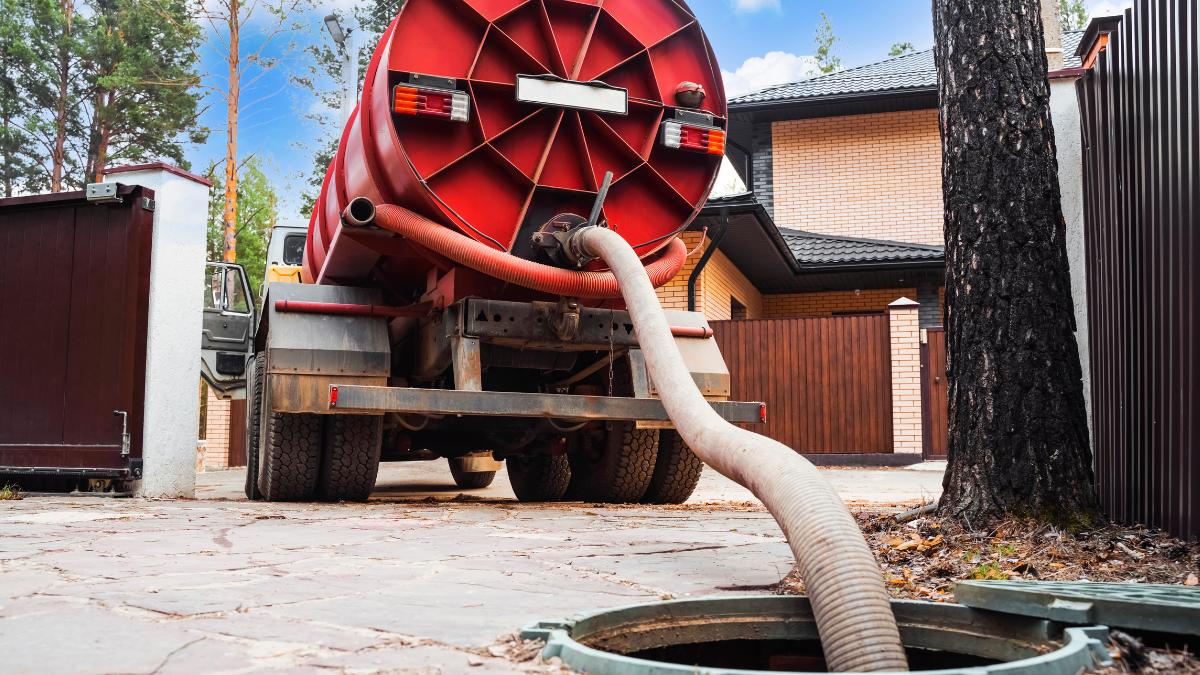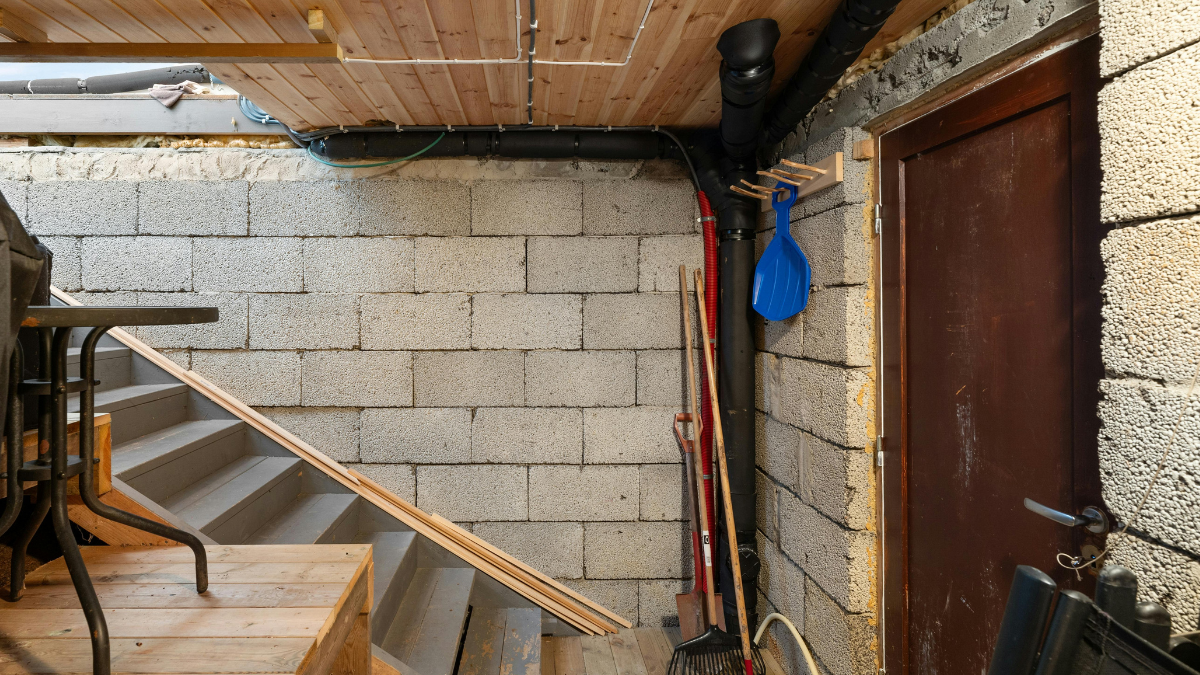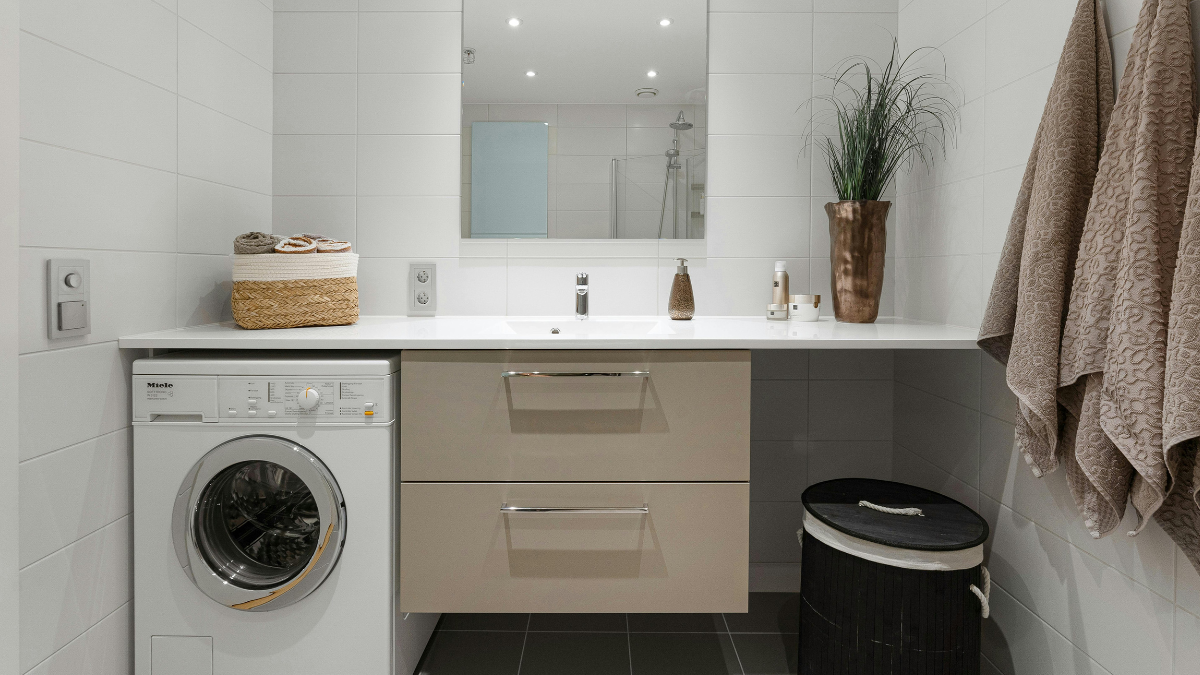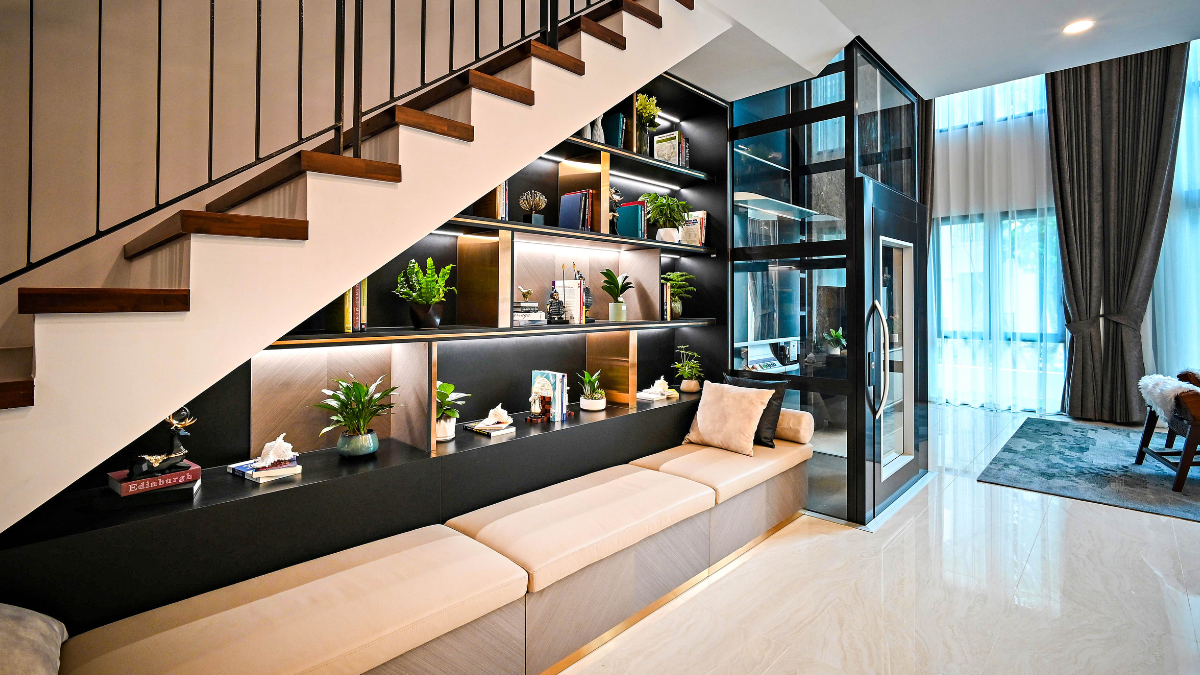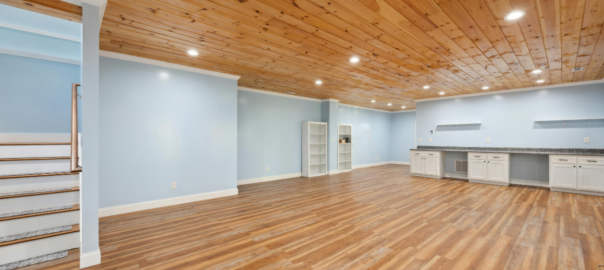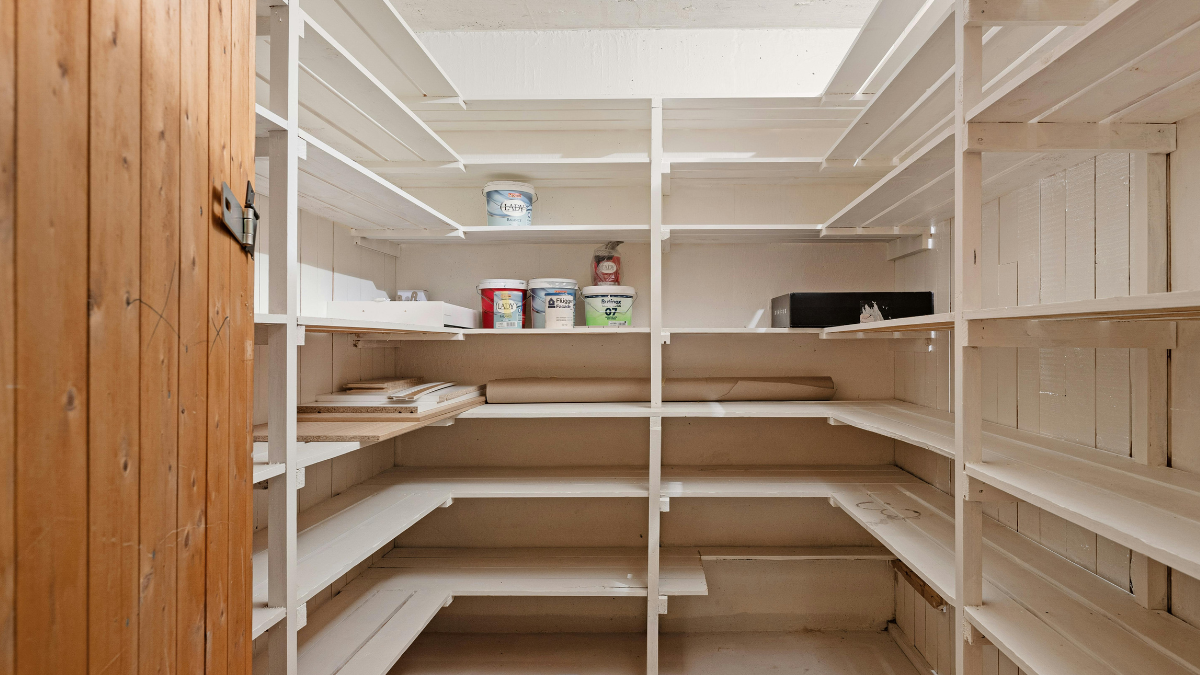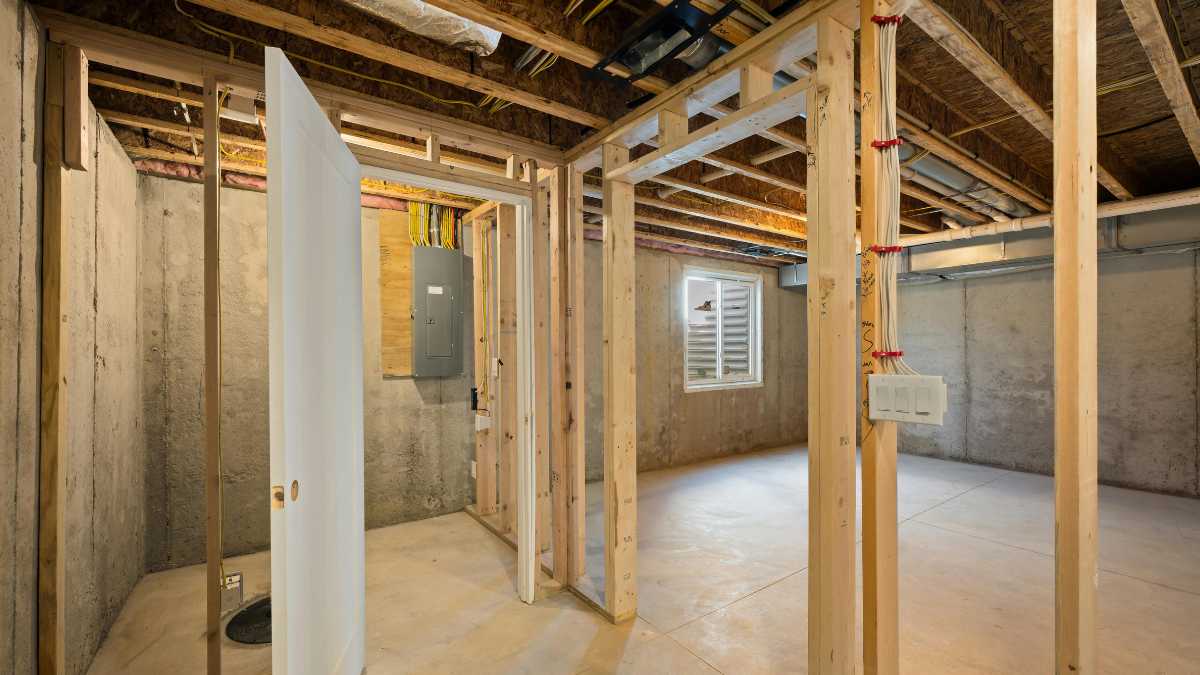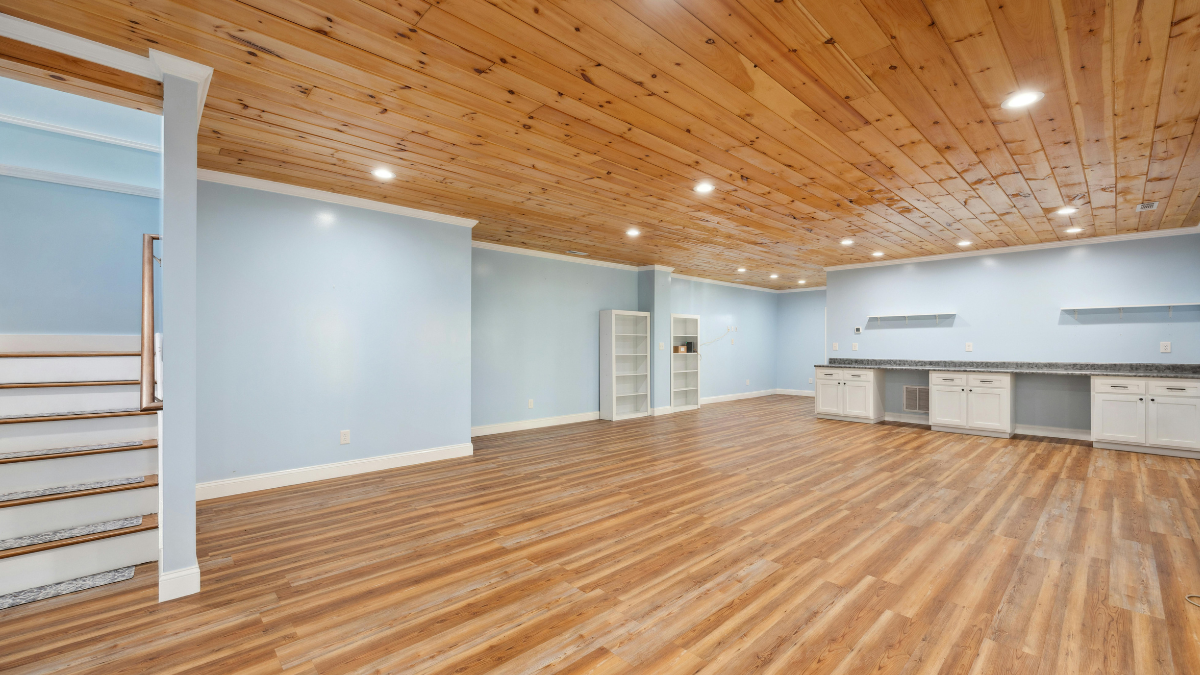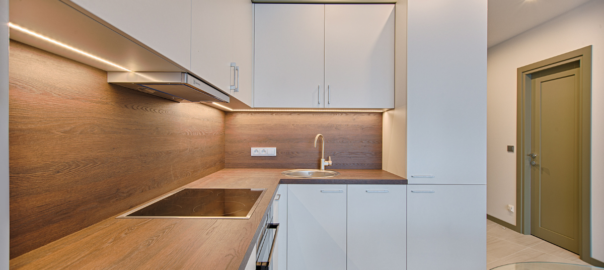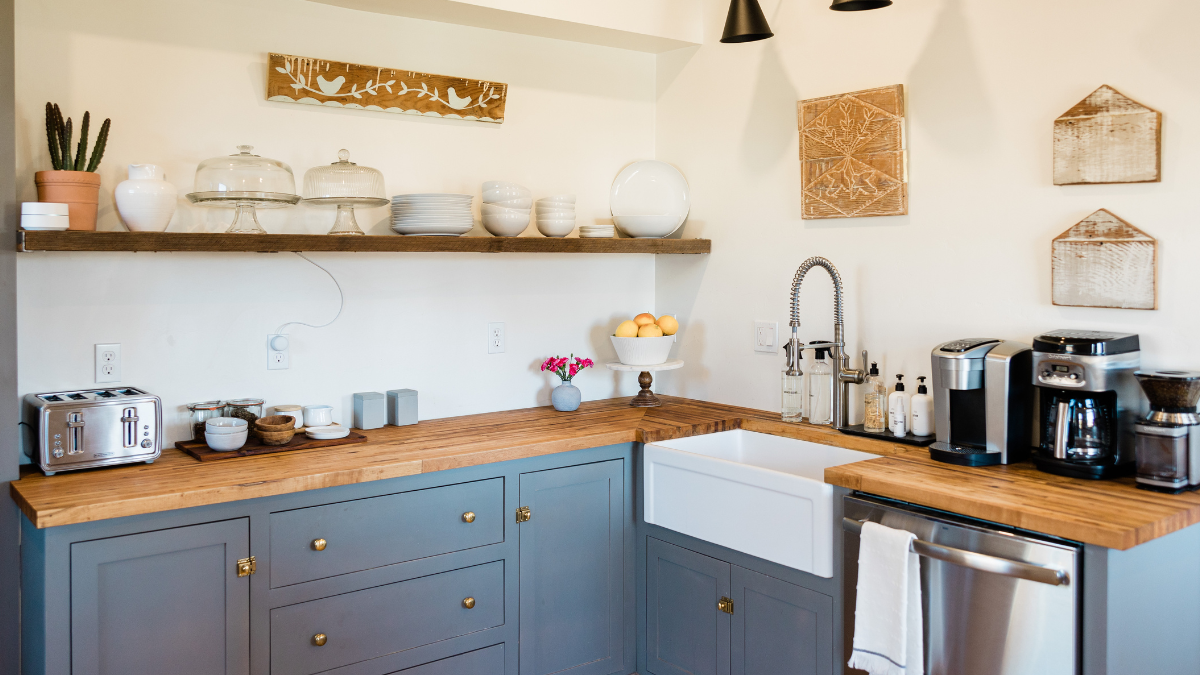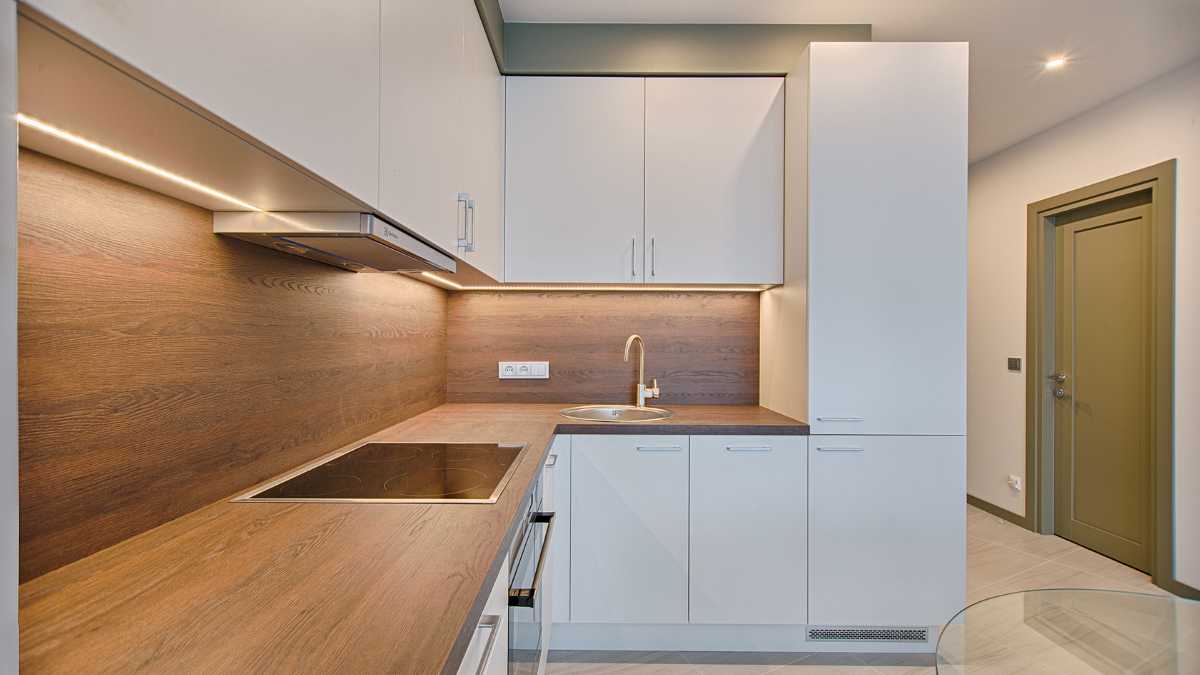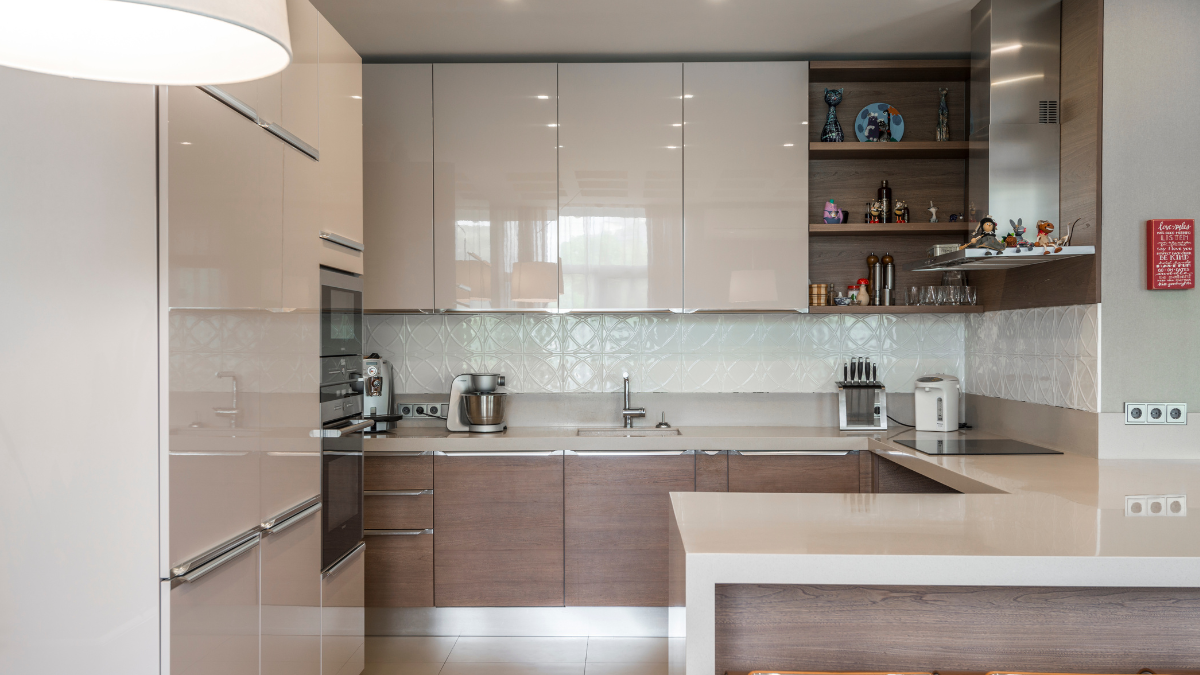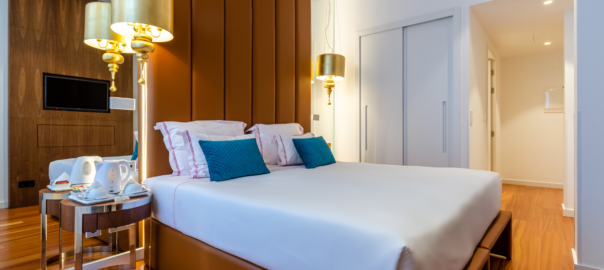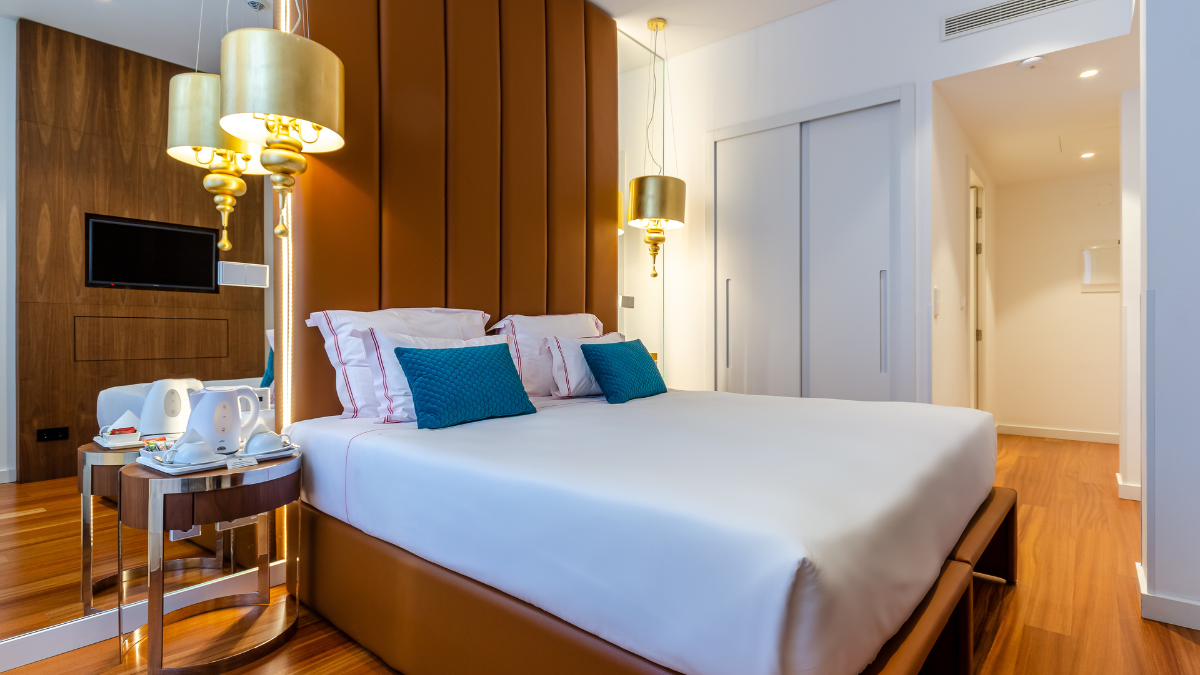Finishing a basement can be exciting. You can literally take the unused space and make it useful. A home office, a playroom, or even a rental unit can be created. However, it isn’t cheap. Everything comes at a price. Many homeowners worry about how much they will spend. The price depends on materials, labour, and how much work needs to be done.
Understanding basement finishing costs helps in planning better. It prevents overspending. Knowing where to save money is also important. A beautiful basement does not have to cost a fortune. With smart choices, money can be saved without losing quality.
What Affects Basement Finishing Costs?
Several things change the total price. Some basements need more work than others. Some materials cost more. Some people hire professionals, while others do the work themselves.
Size of the Basement
A larger basement costs more to finish. More materials are needed. More work is required. Small basements will generally cost less than if you have a larger space.
Condition of the Basement
Some basements are already in good shape. Others have moisture problems or uneven floors. Fixing these issues adds to the cost. Waterproofing is often needed before finishing starts.
Type of Materials
High-end materials cost more. Budget-friendly choices help lower expenses. For example, laminate flooring is cheaper than hardwood. Standard drywall is more affordable than fancy wall panels.
Labour Costs
Hiring professionals increases the price. Contractors, plumbers, and electricians charge for their time. You can do certain things yourself to reduce costs. However, leave the difficult tasks to the experts. Technical things like wiring and plumbing must be done by experts.
Permits and Inspections
Permits are needed for basement finishing in many places. The cost will also vary based on the location. You need inspections. Inspections ensure the work is safe and follows local rules. These points will add and subtract to the budget.
A Breakdown of Expenses
Understanding the costs helps in budgeting. Here is a breakdown of where the money goes.
Framing and Insulation
Framing gives the basement its shape. It essentially puts up the walls and rooms. Generally, wood or metal studs are used. Based on where you live, you can add insulation. The cost will vary drastically from $1,500 and $5,000 based on the size of your space.
Electrical Work
Lights, outlets, and wiring must be installed. An electrician is needed for this job. The price can range from $1,500 to $4,000. The cost increases if extra lighting or special features are added.
Plumbing
If a bathroom or kitchen is included, plumbing costs more. Pipes must be installed. A plumber is needed for this work. Prices range from $2,000 to $8,000, depending on the complexity.
Flooring
Basement floors must be chosen carefully. They should handle moisture well. Carpet, vinyl, or tile are popular choices. Flooring costs vary from $2 to $10 per square foot.
Drywall and Painting
Walls need drywall. After installation, painting is done. This step makes the basement look finished. Costs range from $1,500 to $4,000, depending on the space.
Ceiling
A ceiling makes the basement feel complete. Drop ceilings are affordable. Drywall ceilings look nicer but cost more. Expect to pay between $1,500 and $3,500.
Heating and Cooling
Basements need proper airflow. Sometimes, extra vents or heaters are needed. The cost for this ranges from $500 to $3,000.
Doors and Trim
Interior doors and baseboards add a finished look. Simple doors cost less. Custom trim increases the price. This step usually costs between $1,000 and $3,000.
How to Save Money on Basement Finishing
A finished basement does not have to break the bank. Many ways exist to reduce costs while still getting a great result.
Plan Before Starting
Planning prevents mistakes. It avoids costly changes later. A detailed layout helps estimate costs accurately.
Do Some Work Yourself
Not all tasks require a professional. Painting, installing trim, and simple flooring can be done by homeowners. This saves money on labour.
Choose Budget-Friendly Materials
Luxury materials cost more. Affordable options still look great. Vinyl flooring, basic drywall, and standard paint help cut costs.
Compare Contractor Prices
Different contractors charge different rates. Getting multiple quotes helps find the best deal. Checking reviews ensures quality work.
Buy Materials on Sale
Big savings come from discounts. Buying materials during sales helps lower costs. Sometimes, gently used supplies can be found at reduced prices.
Keep the Layout Simple
Extra rooms cost more. Keeping the space open saves on walls, doors, and framing.
Use Existing Plumbing
Moving pipes increases expenses. Keeping plumbing where it is reduces costs. If possible, designing around existing plumbing helps save money.
Install a Drop Ceiling
Drop ceilings are cheaper than drywall ceilings. They also allow easy access to pipes and wiring.
Budgeting Tips for a Basement Remodel
Budgeting helps avoid financial stress. Sticking to a plan ensures the project stays affordable.
Set a Budget Before Starting
Knowing how much can be spent helps in making smart choices. Adding a little extra for unexpected costs prevents surprises.
Prioritize Must-Haves
Some features are more important than others. Deciding what is necessary helps control spending.
Track Expenses
Keeping track of every dollar spent helps stay within budget. A simple spreadsheet or notebook works well for this.
Avoid Last-Minute Changes
Changing plans in the middle of a project increases costs. Sticking to the original plan saves money.
The Best Ways to Get a High-Quality Finish Without Overspending
Quality does not have to be expensive. Simple tricks help create a great-looking basement without high costs.
Use Neutral Paint Colours
Light colours make basements feel bigger. They also hide imperfections better.
Choose Simple Lighting
Recessed lights look good and are affordable. Basic fixtures provide enough light without extra costs.
Install Durable Flooring
Choosing strong, moisture-resistant flooring prevents future repairs. Vinyl and tile are good choices.
Buy Ready-to-Install Materials
Pre-cut materials save money on labour. Pre-finished flooring and trim make installation easier.
Focus on Small Details
Little touches make a big difference. Stylish door handles, nice trim, and decorative wall panels improve the look without huge costs.
Finishing a basement is exciting. It adds value to a home. It creates more space for living, working, or entertaining. But it must be done right. Basement finishing costs can be managed with smart planning. Budget-friendly choices keep the project affordable.
A finished basement does not have to be expensive. Simple steps help save money. Choosing affordable materials, doing some work yourself, and planning ahead make a big difference.
Understanding a breakdown of expenses helps in making smart decisions. Budgeting tips prevent overspending. Cost-effective strategies ensure a high-quality finish without stress.
A beautiful, functional basement is possible. With the right approach, money is saved without sacrificing quality. A smart plan, good materials, and careful budgeting lead to great results.

